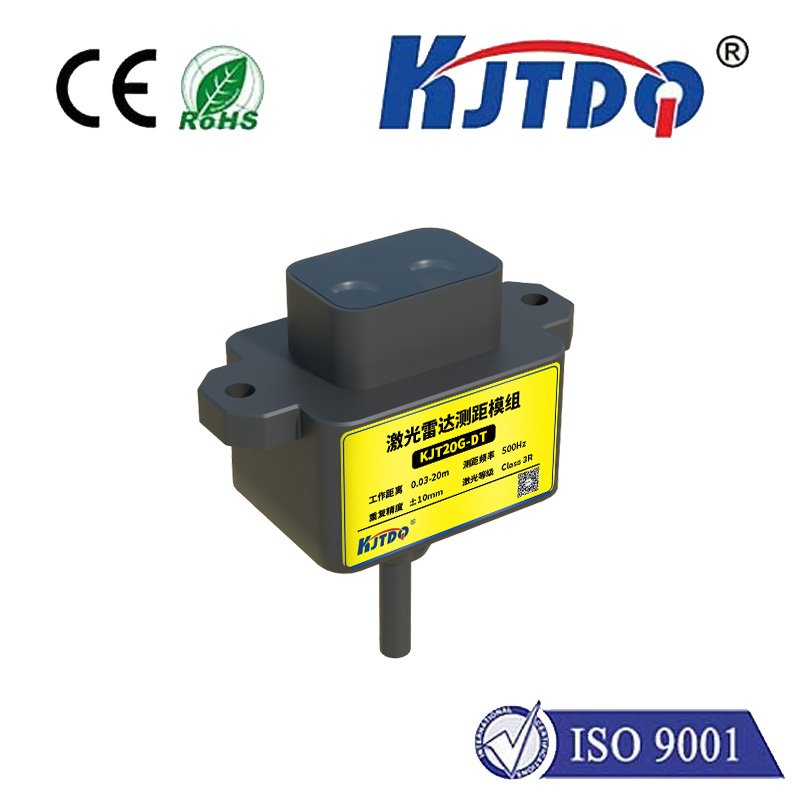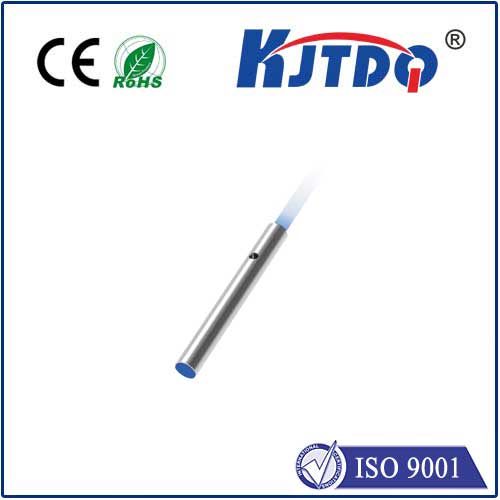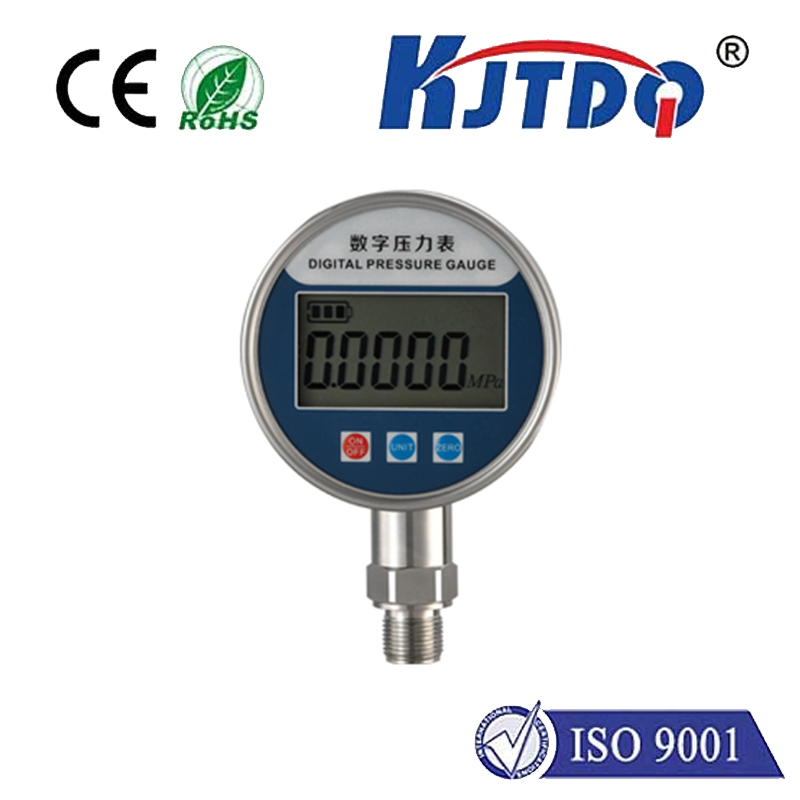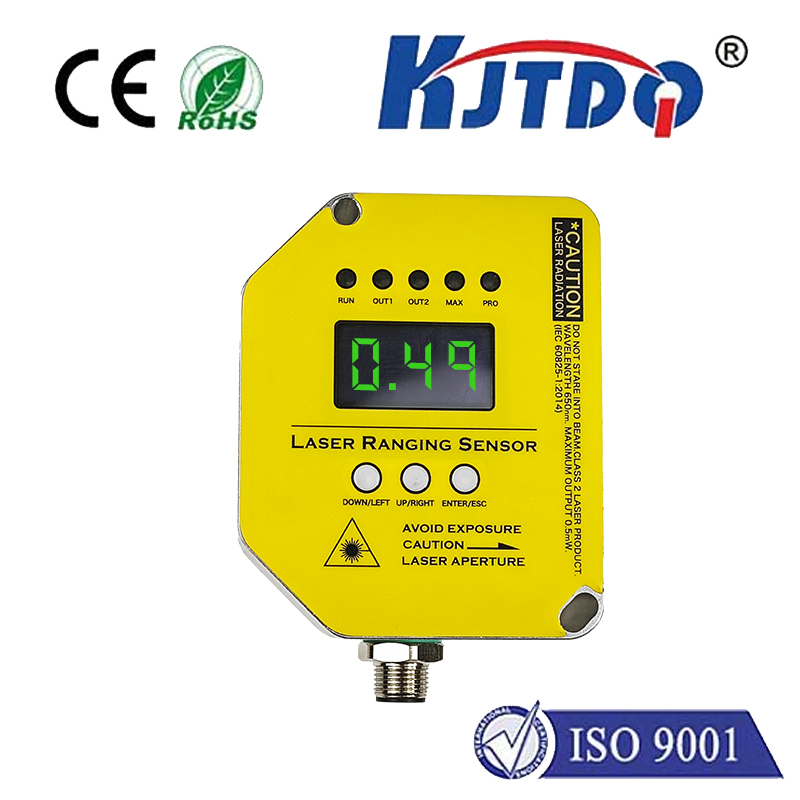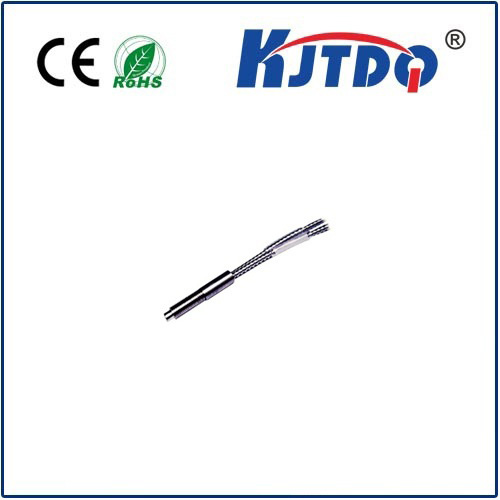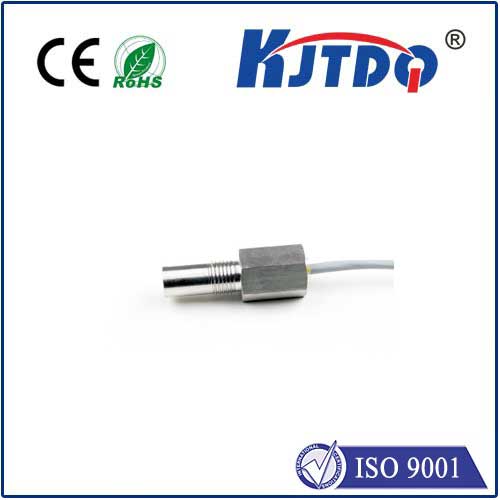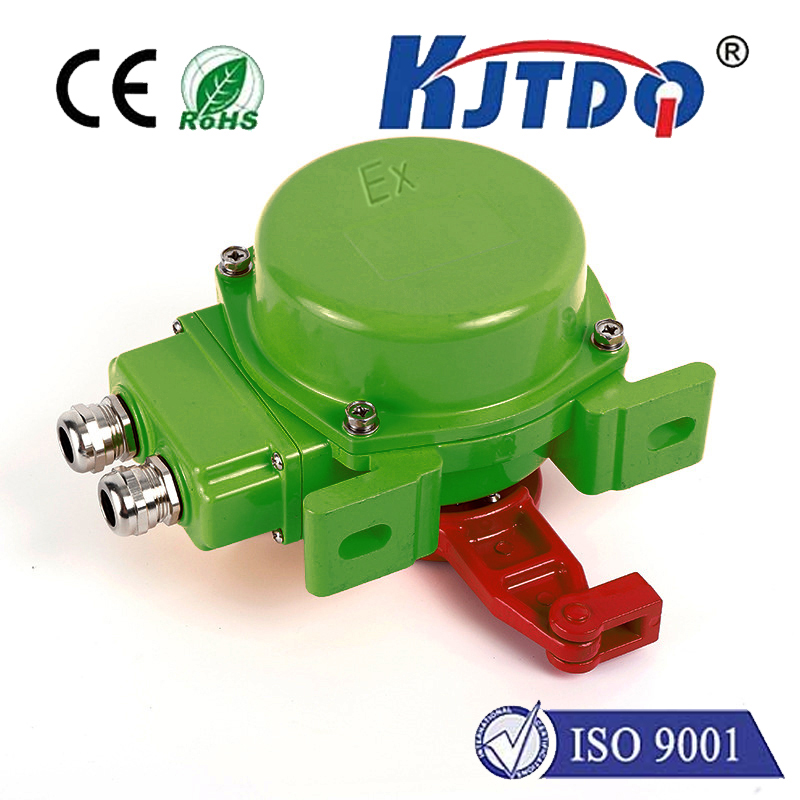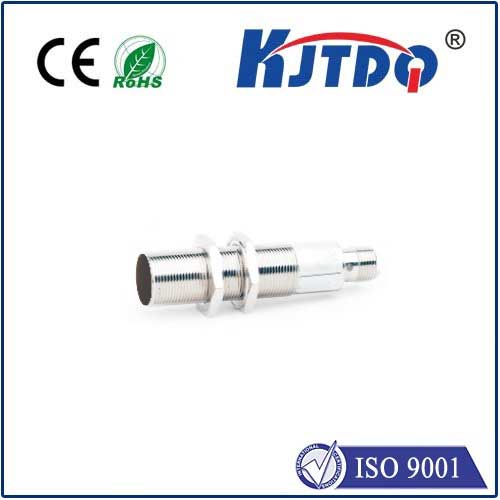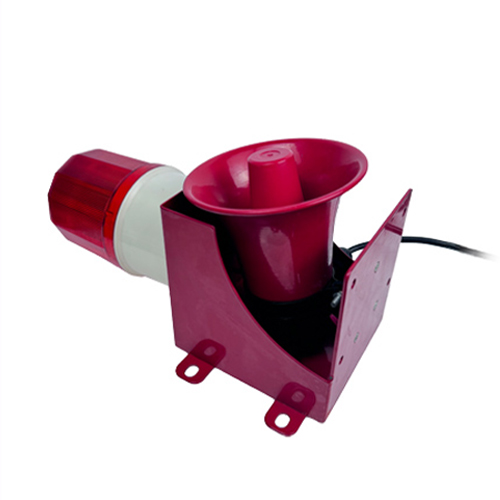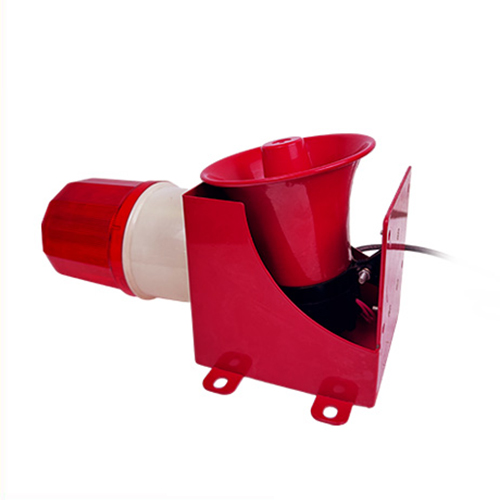sensor ec
- time:2025-08-25 01:48:52
- Нажмите:0
The Essential Guide to Sensor EC: Measuring Electrical Conductivity for Smarter Decisions
What if a single, measurable property could reveal the hidden chemical fingerprint of your water, soil, or industrial process? That property is Electrical Conductivity (EC), and the key to unlocking its secrets lies in sensor EC technology. Far more than just a number, EC measurement provides critical, real-time insights into the concentration of ions – those charged particles fundamental to countless chemical and biological processes. From optimizing crop yields to ensuring safe drinking water and maintaining industrial efficiency, EC sensors are the indispensable tools silently guiding smarter decisions across diverse fields.
Understanding the Core: What Sensor EC Measures and Why It Matters
At its heart, an EC sensor measures a solution’s ability to conduct an electrical current. This ability directly correlates to the total concentration of dissolved ionic substances – like salts (sodium chloride, calcium carbonate), acids, bases, and certain minerals. Pure water is a poor conductor; its conductivity increases significantly as more ions dissolve. Therefore, measuring conductivity offers a rapid, reliable, and non-destructive method to estimate:
- Total Dissolved Solids (TDS): A close correlate of EC, representing the total concentration of dissolved substances. While not identical (conversion factors exist), EC is often used as a proxy for TDS.
- Ionic Strength: A measure of the total concentration of ions in solution, influencing chemical reaction rates and biological activity.
- Salinity: Particularly crucial in agriculture, aquaculture, and environmental monitoring of brackish or saltwater ecosystems.
- Solution Purity: In processes like ultrapure water production for pharmaceuticals or electronics, even minuscule ionic contamination drastically increases EC, signaling a breach in purity.
The core principle is elegant: more ions present mean easier passage for electrical current, resulting in a higher EC reading. Conductivity probes capitalize on this by applying a voltage between electrodes immersed in the solution and precisely measuring the resulting current flow.

Key Applications: Where EC Sensors Drive Performance
The versatility of sensor EC technology makes it ubiquitous. Key application areas include:
- Precision Agriculture & Hydroponics: EC measurement is fundamental for managing nutrient solutions. Plants absorb nutrients as ions; the solution’s EC provides immediate feedback on its ionic strength. Farmers and growers meticulously monitor and adjust EC levels to match plant growth stages, maximizing nutrient uptake efficiency, preventing deficiencies or toxicities, and optimizing yields. This data-driven approach minimizes fertilizer waste and environmental impact.
- Water Quality Monitoring & Wastewater Treatment: EC sensors act as vital sentinels. In environmental monitoring, sudden changes in conductivity can signal pollution events (e.g., saltwater intrusion, industrial discharge, agricultural runoff). In drinking water treatment, consistent EC levels indicate process stability. Within wastewater treatment plants, EC helps track influent strength, monitor process stages (like biological treatment efficiency), and control effluent discharges to meet environmental regulations.
- Industrial Process Control: Countless manufacturing processes rely on specific solution concentrations. Conductivity sensors provide real-time control for processes like cooling tower water treatment (preventing scale and corrosion), chemical dosing, plating baths, boiler feedwater control, and food & beverage production (ensuring consistent brine strength, syrup concentration, or cleaning solution efficacy). The ability to monitor EC continuously prevents costly process deviations and product quality issues.
- Aquaculture & Environmental Research: Maintaining optimal salinity and water quality is critical for fish and aquatic life health. EC probes allow continuous monitoring. Researchers also use EC extensively to study watershed dynamics, soil salinity issues, groundwater interactions, and the impact of human activities on aquatic ecosystems.
Choosing the Right Sensor EC: Factors for Optimal Performance
Selecting the most appropriate EC meter or probe depends heavily on the application’s specific demands:
- Measuring Range: Conductivity spans extremes – from ultra-pure water (microsiemens per centimeter, µS/cm) to concentrated brines (millisiemens per centimeter, mS/cm) or even sea water (around 50 mS/cm). Ensure the sensor’s range encompasses your expected values.
- Accuracy & Resolution: Determine the level of precision required. High-precision labs need better accuracy than routine field checks. Resolution indicates the smallest detectable change in conductivity.
- Construction Materials: Electrode material and probe body construction must withstand the chemical environment (corrosive solutions, solvents, pressures, temperatures). Common electrode materials include stainless steel, graphite, platinum-plated, or specialized alloys. Probe bodies may be plastic (e.g., PVC, PVDF), stainless steel, or titanium.
- Temperature Compensation: Since EC is highly temperature-dependent (increasing roughly 2% per °C), automatic temperature compensation (ATC) is essential for accurate readings. Most quality sensors have an integrated temperature sensor (often an RTD like Pt1000) to apply standardized compensation algorithms (like the linear approximation or non-linear equations for wider ranges).
- Cell Constant (K): This geometric factor relates the measured conductance to the actual conductivity. Common constants are K=1.0 cm⁻¹ (general purpose), K=0.1 cm⁻¹ (low conductivity/ultra-pure water), and K=10.0 cm⁻¹ (high concentrations). Choosing the right K constant ensures readings are within the instrument’s optimal accuracy range.
- Output & Connectivity: Options range from simple handheld meters with digital displays to probes sending signals via 4-20mA loops, Modbus, or digital protocols (SDI-12, RS-485) for integration into SCADA systems, PLC controllers, or data loggers for remote water quality monitoring.
Integrating Sensor EC Data: The Path to Insight
Modern sensor EC solutions offer more than just a point measurement. Integration with telemetry systems allows continuous, remote water quality monitoring, enabling timely interventions for leaks, contamination, or process drift. Combining EC data with other parameters like pH, dissolved oxygen, ORP, and temperature provides a multi-dimensional view of system health, unlocking deeper insights than any single measurement can offer. This integrated data is the bedrock of predictive maintenance, resource optimization, and ensuring consistent quality and compliance.
In conclusion, the unassuming EC sensor is a powerhouse of practical insight. By translating the ionic composition of a solution into a reliable, measurable signal, it empowers industries, researchers, and environmental stewards to make informed, data-driven decisions. Understanding its principles, applications, and selection criteria is key to leveraging this essential technology effectively, ensuring optimal performance, resource conservation, and quality control wherever solution integrity matters.

